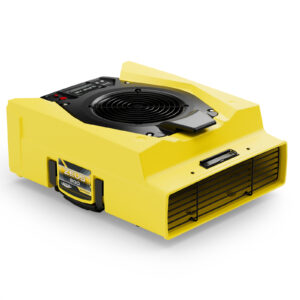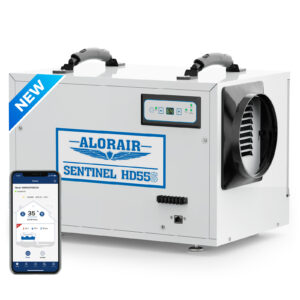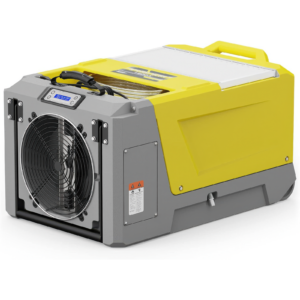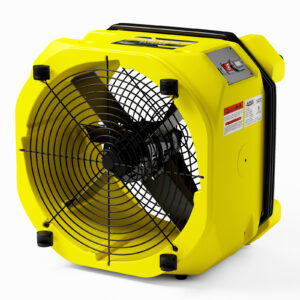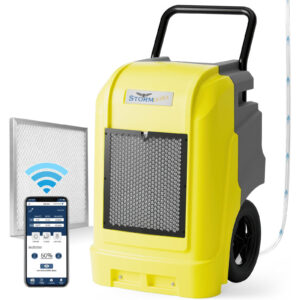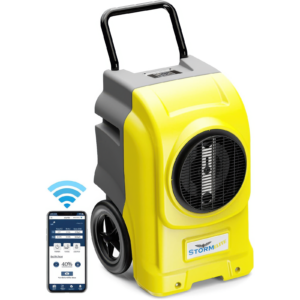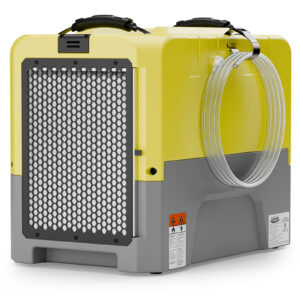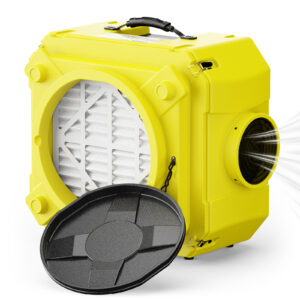Have you ever had such a feeling: the house is obviously not open windows and no rain, but the air is wet, the sofa sitting sticky, quilt cover boring, the corners of the wall is always emerging a bit of an indescribable spot? Not to mention that every year, when the rainy season comes, the whole house seems to soak in the water, and how to wipe can not wipe clean. Where is this “invisible moisture” in the end? More importantly, can we drive it away?
The answer is simple: you lack an air dehumidifier. Australia this climate, really need a dehumidifier? Read on to find out more about dehumidification.
Why Is My House Always Damp or Musty?
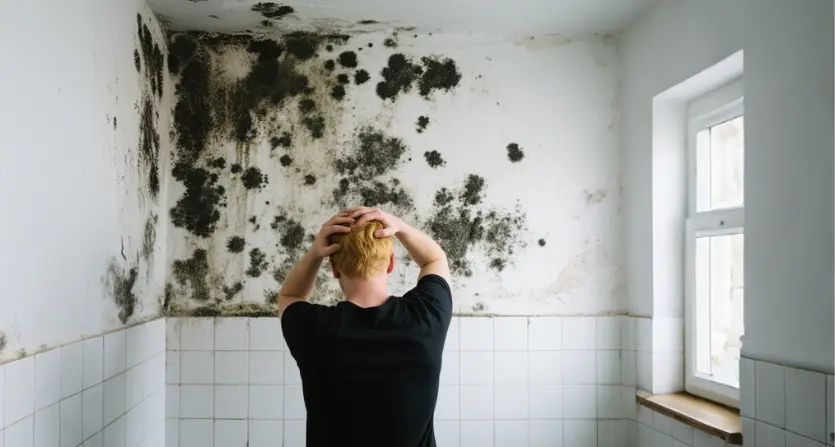
You walk through the front door, and the damp, musty smell pours in. The carpet feels sticky underfoot. Strange dark spots grow in the corners. Does that sound familiar? You’re not imagining things. Your house is wet, and not metaphorically.
There’s only one core reason why this happens: indoor humidity is over 60%. If you live in an Australian coastal city like Sydney, Brisbane, or Darwin, this is not uncommon. These places are naturally humid, especially in the summer.
The practical effects of humidity on your home:
Furniture starts to grow mold: High humidity causes wood to absorb moisture from the air. This causes the furniture to warp, rot, and develop foul-smelling black mold. Once moldy, it is not only unsightly but also a health hazard.
Peeling, cracking, and blistering walls: Moisture can creep into paint, plaster, and insulation, and over time, walls begin to blister. Paint will peel off like old sunburned skin. In older homes, structural damage becomes a real problem. And guess what? No amount of repainting will help unless the moisture problem is addressed first.
Breathing is getting harder: High humidity not only irritates the skin, it also disturbs the lungs. For people who suffer from asthma or allergies, humid air acts as an amplifier. Dust mites proliferate. Mold spores proliferate. Respiratory inflammation increases. You may find yourself wheezing more, coughing more, or constantly clearing your throat.
Clothes never dry out: even with the heat on, your clothes will be damp for days. And there’s that musty, basement smell.
What Exactly Does a Dehumidifier Do?
Simply put, a dehumidifier is basically an air sucker. It sucks moisture right out of the air you breathe and throws it into a tank or down the drain.
Types of Dehumidifiers
There are two main core designs of the best dehumidifiers that dominate the market, and they each have their own strengths.
Refrigerated Dehumidifier (Condensing)
This is the most common model found in Australian homes. It works on the same principle as a refrigerator. He first draws in moist air with a fan. The air enters a cold metal coil inside. The moisture in the air condenses into water droplets. The droplets drip into the tank or out through a hose. The dry air is heated slightly and blown back into the room.
This type of air conditioner works best when the room temperature is between 20°C and 35°C. In this range, it is a humidity-killing machine.
Desiccant dehumidifier (wicking type)
This type of dehumidifier is a little different. Instead of cooling the air, it uses a moisture-absorbing material called desiccant. It involves spinning a rotor containing the desiccant material in the incoming air. Moisture adheres to the desiccant. The heater then dries out the desiccant and sends the water vapor into a condenser, where it turns into a liquid and is collected in a tank.
This type works better in cold climates or poorly insulated spaces. No coils. No refrigerant. Only physical principles.
How Exactly Does It Remove Water From The Air?
Regardless of the type, let’s break it down into four steps:
- Air Intake – The dehumidifier draws in moist air through the air intake. This is the first step, and it always is.
- Dehumidification – In a refrigeration unit, this means condensation on the cold coils. In desiccant-type dehumidifiers, the air passes through the adsorption material. 3. Water collection
- Water collection – water drips into a water storage tank. Some units are equipped with a drain hose that directs water to a sink or floor drain. A medium-sized unit can pump out 10 to 30 liters of water per day. This is approximately equivalent to two full mop buckets from the air.
- Dry Air Output – After removing the moisture, the unit will circulate filtered, dry air back into your space.
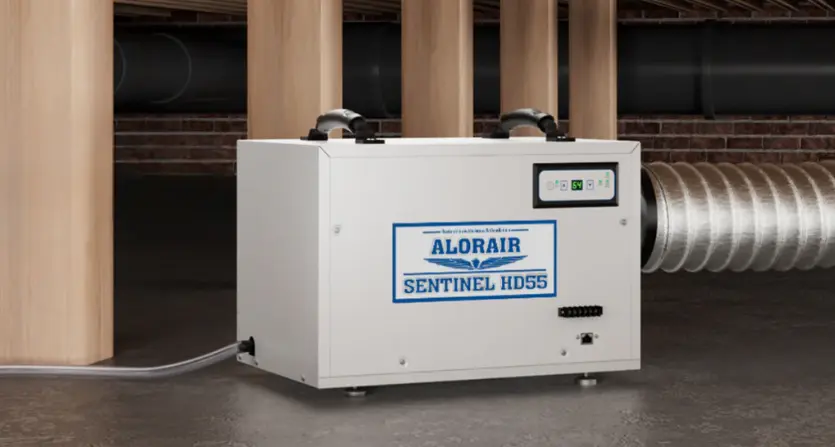
Do I Really Need a Dehumidifier in Australia?
Probably yes.
But let’s not rush—let’s get into the “why” with some real, on-the-ground Australian context.
Australia isn’t a one-climate country. In fact, it covers seven climate zones. From humid subtropical along the east coast (think Brisbane, Sydney, and parts of Melbourne) to tropical savannahs in Darwin, coastal marine in Perth, and even alpine regions down in Victoria.
What does that mean for humidity? It means that millions of homes sit in areas where the air regularly hits 70% or higher humidity, especially in the summer. According to the Bureau of Meteorology, cities like Brisbane and Cairns record average relative humidity above 65% for more than half the year.
And no, just running your aircon won’t fix it. Air conditioners can cool the air, but they’re not built to dehumidify it efficiently—unless you’re running a reverse-cycle system with a dehumidification mode (and even then, it’s usually minimal).
Ask yourself a few questions:
- Do you notice musty smells after rain?
- Do your towels take forever to dry indoors?
- Do you see condensation on windows during summer mornings?
- Does your asthma or eczema flare up in damp months?
If you said yes to even one of those, your home is holding too much moisture.
A crawl space dehumidifier doesn’t just make your house feel better—it prevents structural damage, reduces allergens, and even protects your electronics and books from moisture degradation.
Benefits of Using a Dehumidifier in Australia
Benefits of using a dehumidifier in Australia
A dehumidifier does more than just remove moisture from the air. It changes the indoor environment permanently.
Mold Prevention
Homes in Australia, especially rental properties, are not always perfectly insulated or air-circulated. Moisture builds up quickly. By consistently using a dehumidifier in areas prone to mold growth, such as bathrooms, laundry rooms, basements, or kitchens, you can effectively kill the food source of mold. This means cleaner walls, fresher air, and less mold-induced asthma.
Dust Mite Control
Dust mites love humidity. Once the air humidity exceeds 55%, they multiply. These little buggers can cause hay fever, eczema and sinusitis. Keep the humidity at about 45%, and they will stop reproducing. If you have allergies, this change will change your life.
Dry Clothes And Towels Faster
In many parts of Australia, indoor drying is a must, especially during wet seasons or in apartments that don’t have outdoor clotheslines.
However, wet laundry releases up to 2.5 liters of water into the air each time. This water does not disappear but remains. A dehumidifier removes the water in hours, not days. There is no damp odor. Fabrics won’t get moldy. If you regularly dry clothes indoors, a dehumidifier is your secret weapon.
Protect Furniture, Walls, And Floors
Moisture can warp wood. Flakes paint. Causes plaster to crack and swell. In addition, electronics and paper (e.g., books, photo albums, and musical instruments) suffer in humid air. A dehumidifier not only keeps you comfortable but also extends the life of the items you already have.
Improve Air Quality Without Chemicals
Dehumidifiers are different from air fresheners or sprays in that they physically change the air. Humidity reduction means fewer irritants in the air. Less mold, fewer spores. No scent masking. Only really clean, dry air.
Conclusion
Do you think a dehumidifier is just an appliance that sits in the corner? In fact, it changes the comfort of your daily life, your health, and even the life of your house. Don’t let moisture quietly steal your quality of life anymore.Try to observe whether there are these moisture “alarm” signals at home – if so, do not hesitate to dehumidifier must be arranged. If you need one, you can trust the Alorair brand.



